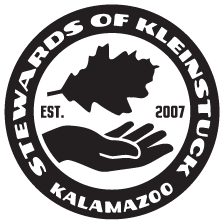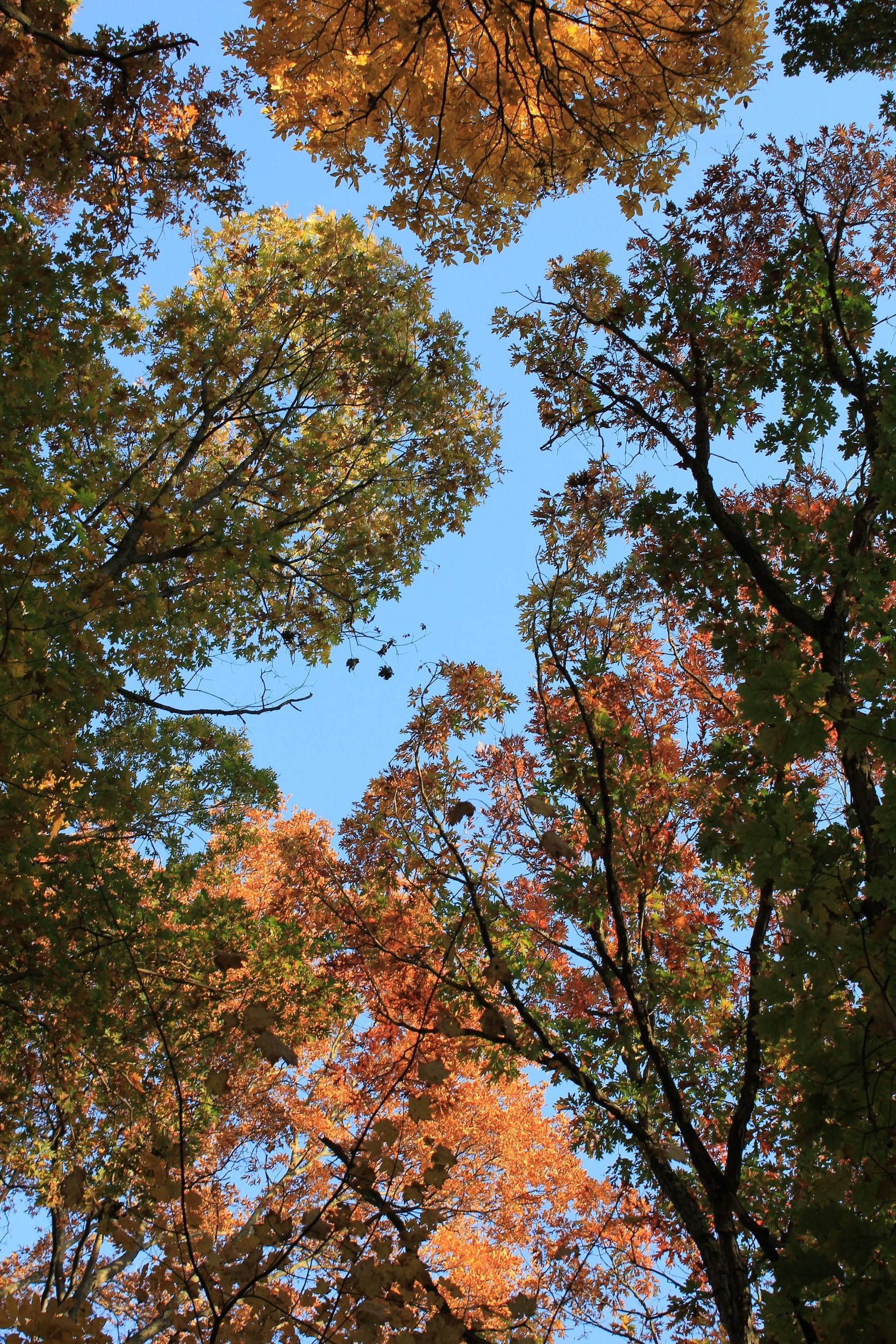
Stewards of Kleinstuck manages Kleinstuck and Little Sister Preserves to restore natural diversity and ecosystem health.
Historic features provide a context to help direct land management priorities by suggesting what the ecosystem has the potential to support. Maps of area vegetation in the 1800s show these preserves were once on the edge of a black oak barren surrounded by a mixed oak savanna. The wetland in the center of Kleinstuck Preserve was once a bog.
What are oak savannas and barrens?
Both oak savannas and barrens are described by Michigan Natural Features Inventory as having sparse canopies of oaks, little to no understory, and a ground layer of grasses, sedges, and rushes.
Historic records show that humans have significantly impacted this landscape over the last 200 years.
The bog in the center of the preserve was mined for peat in the 1800s.
Portions of the hillsides were cleared for farming and grazing which led to erosion.
Thousands of pine trees were planted in the 1920s to prevent erosion.
Invasive species, some planted intentionally or escaped from nearby yards, have crowded out native plants
The Kleinstuck pond has been largely filled in by erosion and invasive plants.
Since 2007, the Stewards of Kleinstuck have managed the land to prevent continued decline.
What we’re working on
Follow us on social media to learn more about the work we are currently doing in the preserves.













